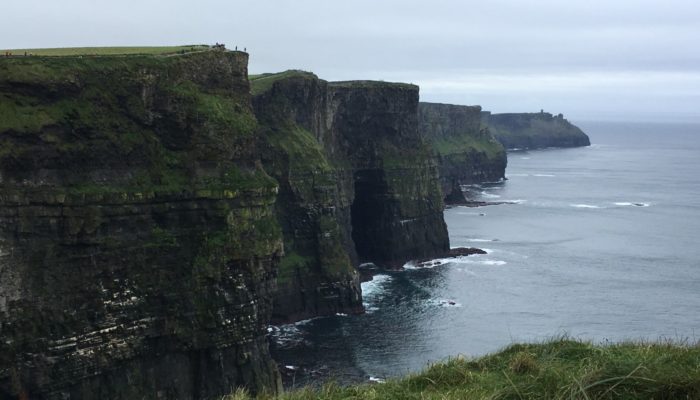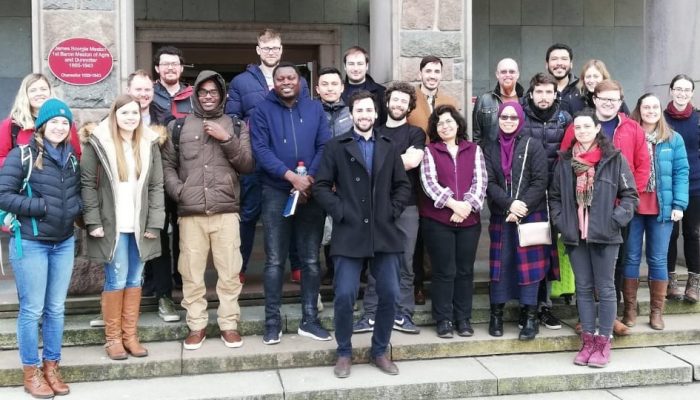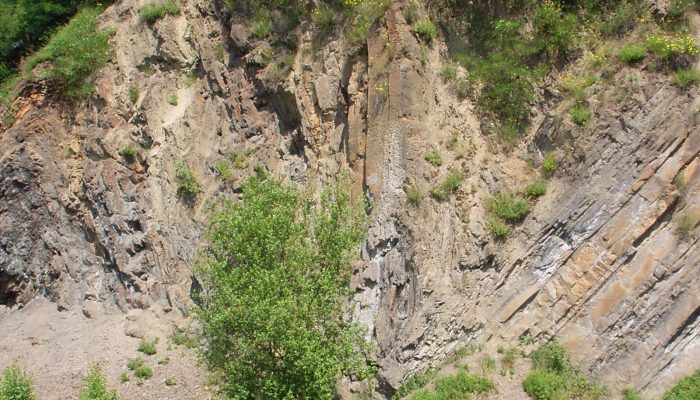By John Counts and Emma Morris. Europe has a wide variety of interesting sites for geologists, including areas with scientifically interesting formations, amazing scenery, and classic outcrops, many of which are recognized for their international geological significance and are designated as UNESCO Global Geoparks. Rarely, however, do all of these factors come together in such a spectacular way as ...[Read More]
County Clare, Ireland: A World-Class Geological Locality



